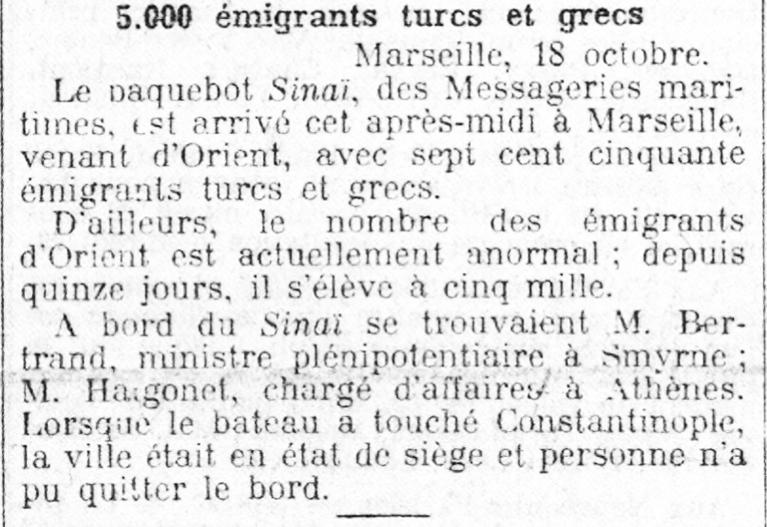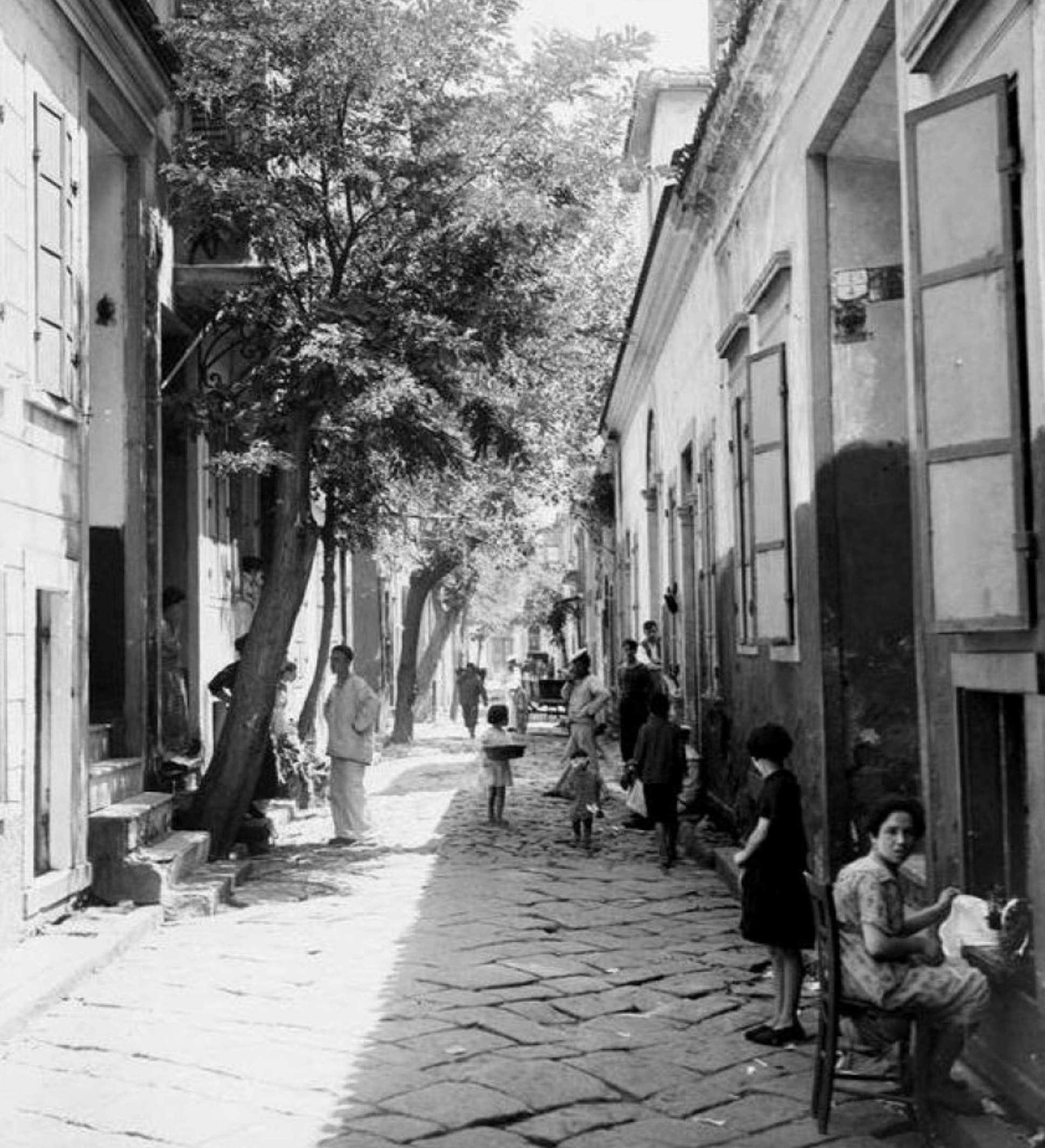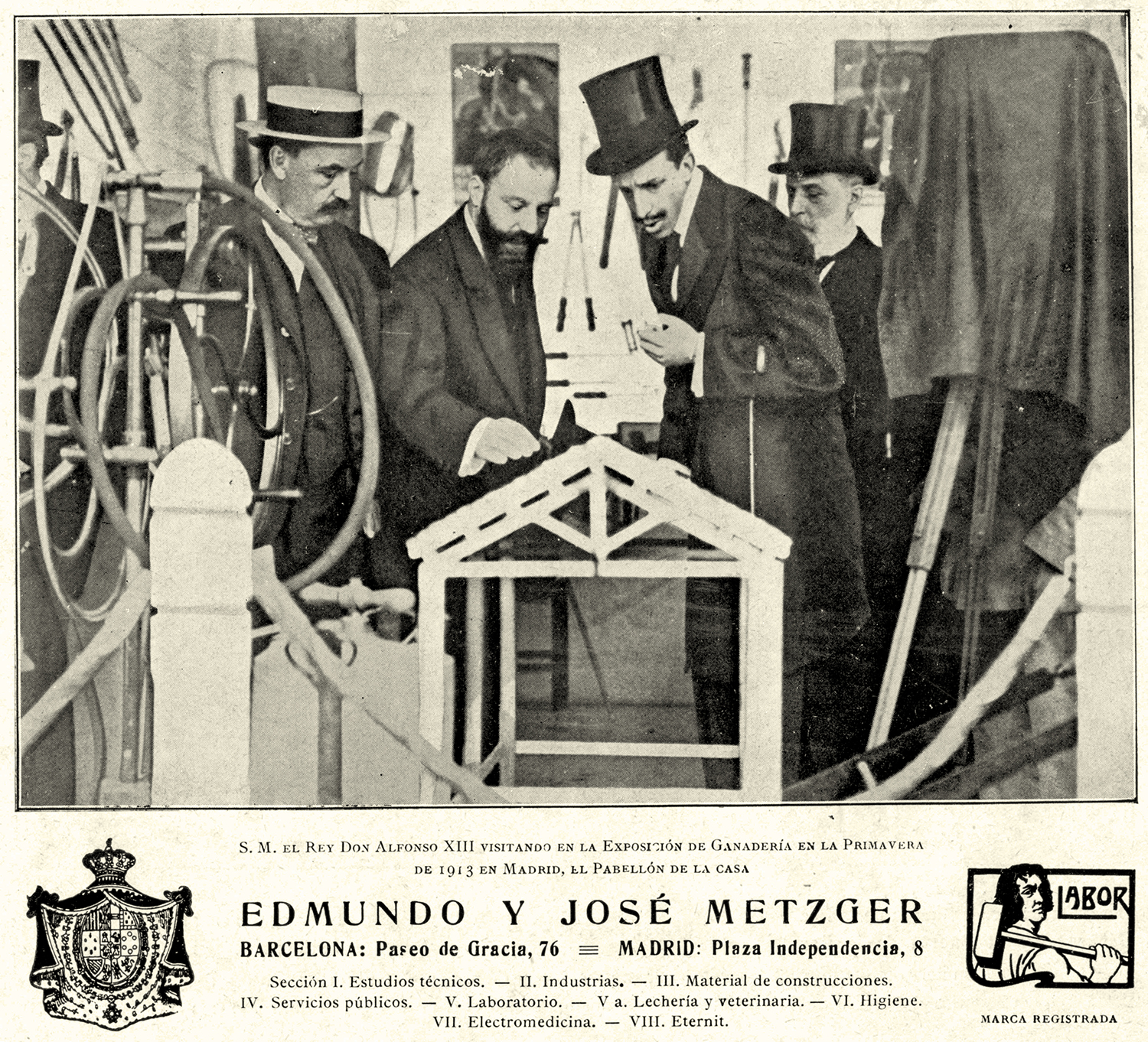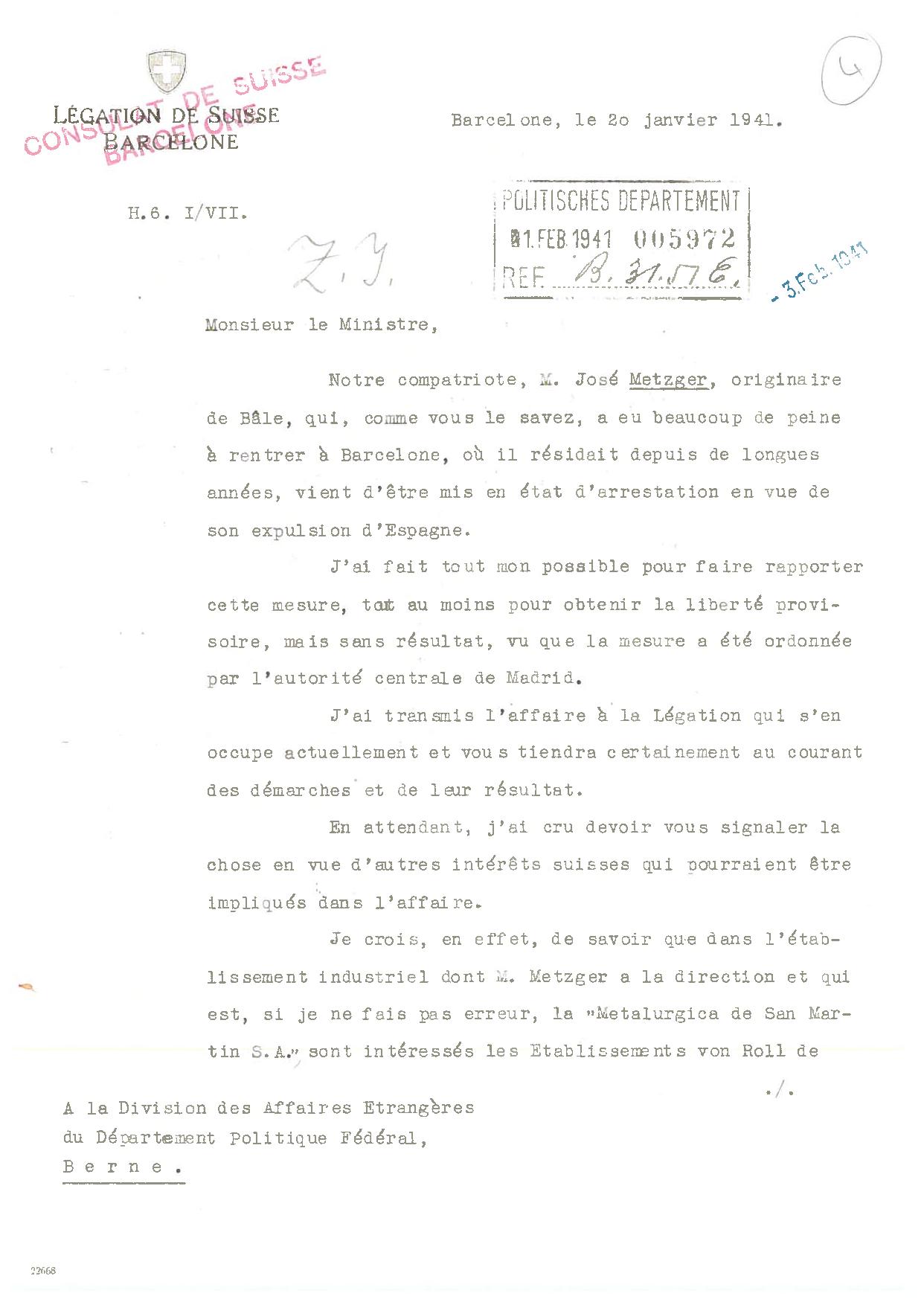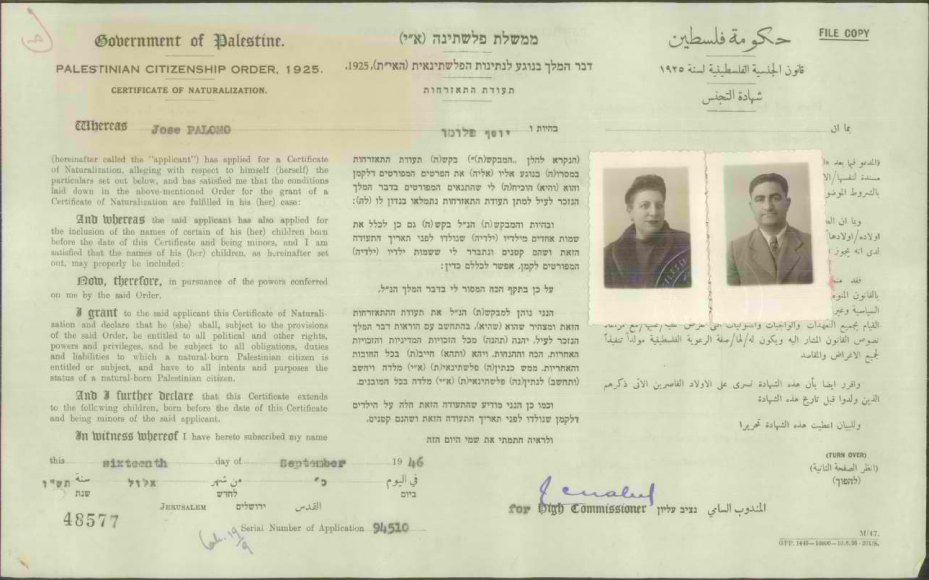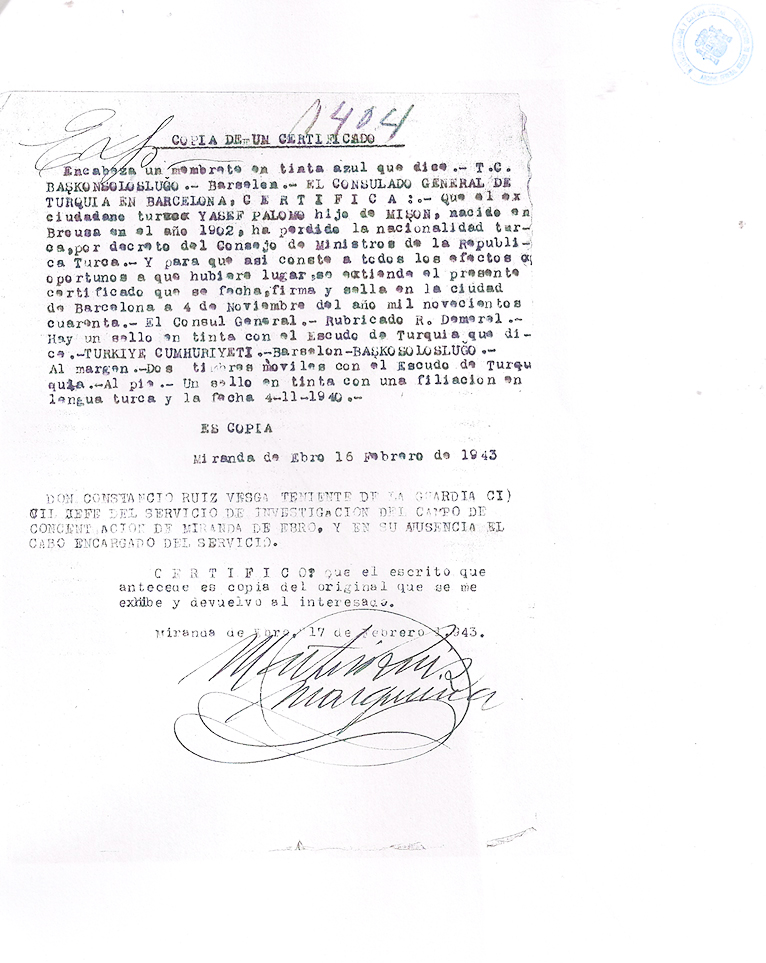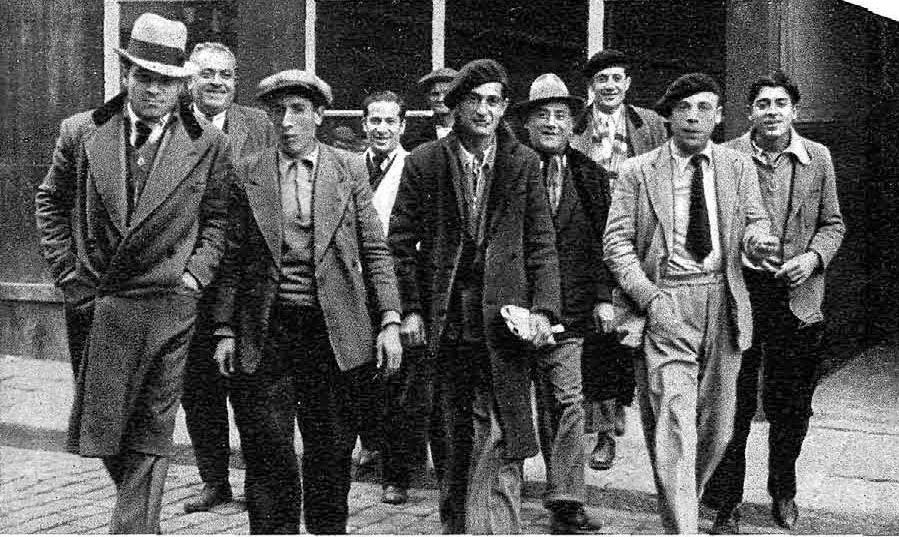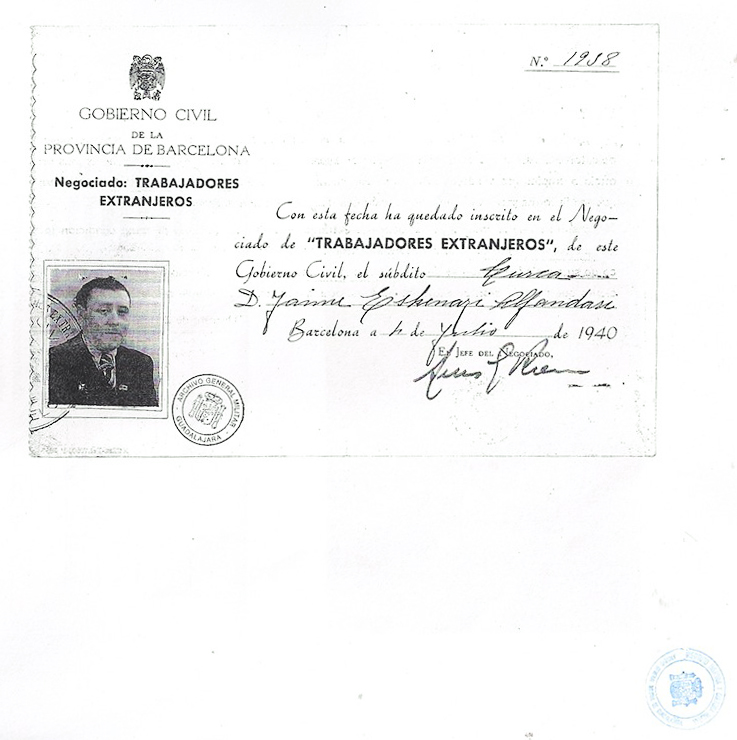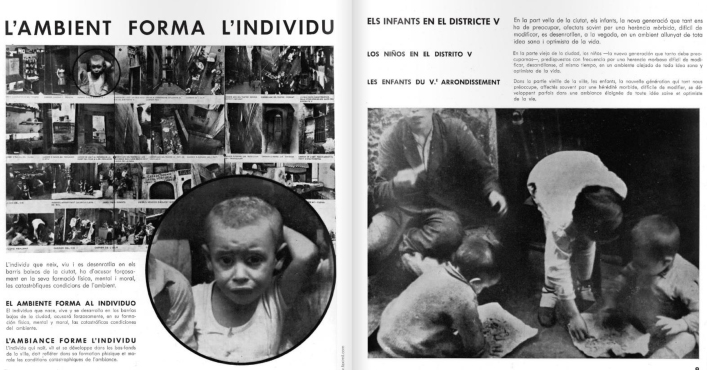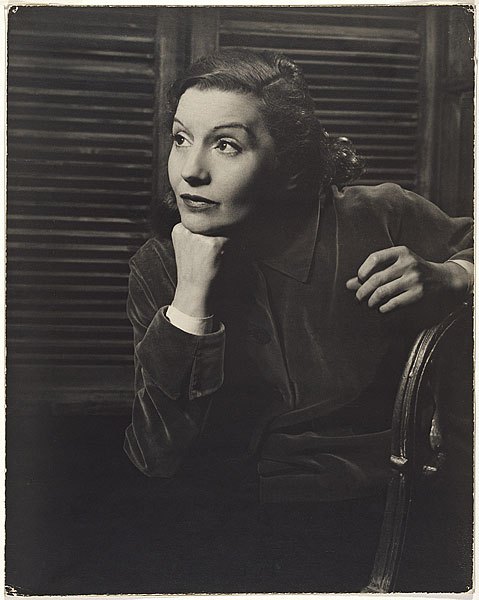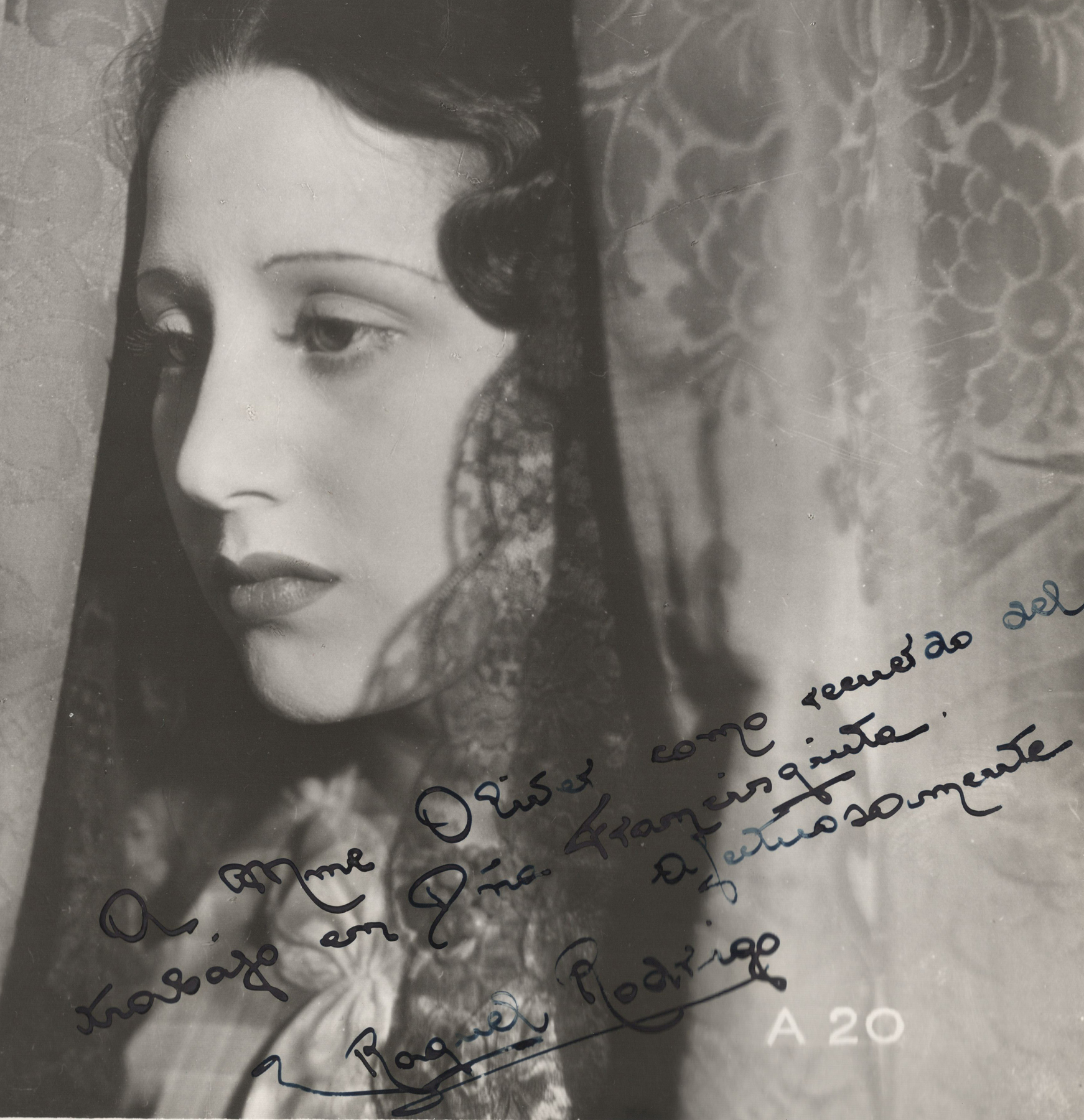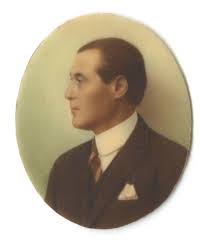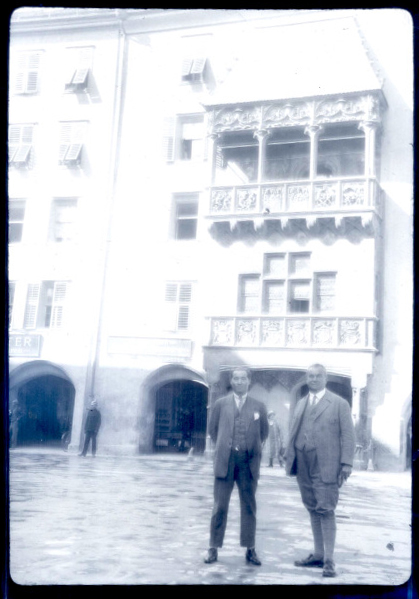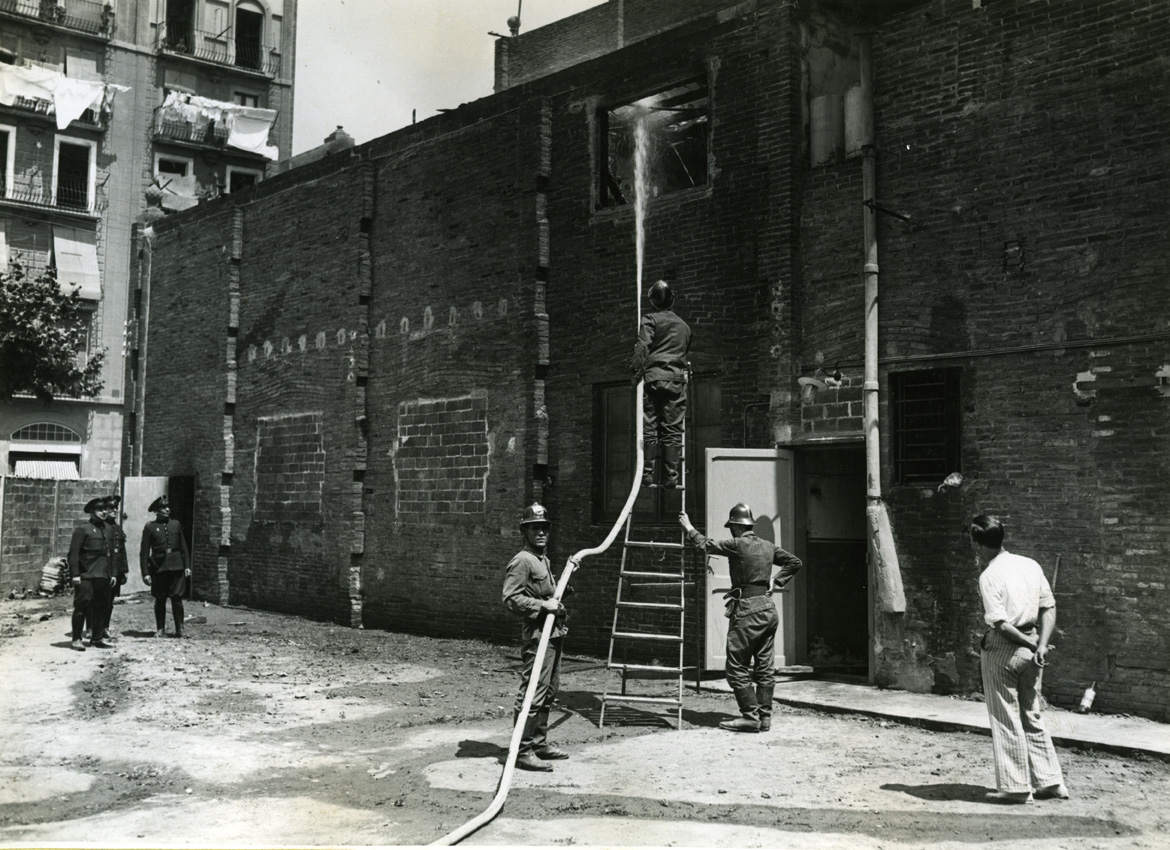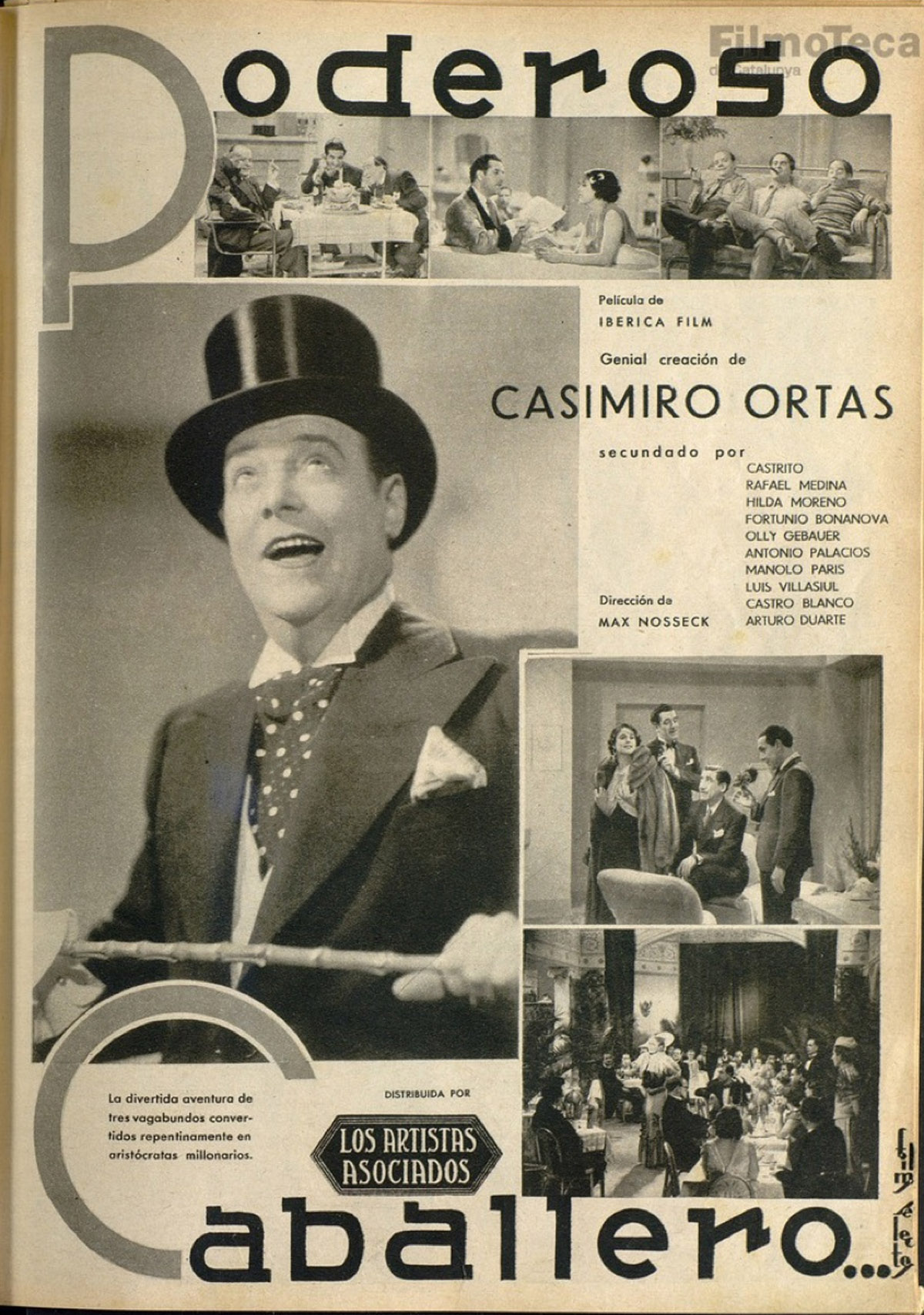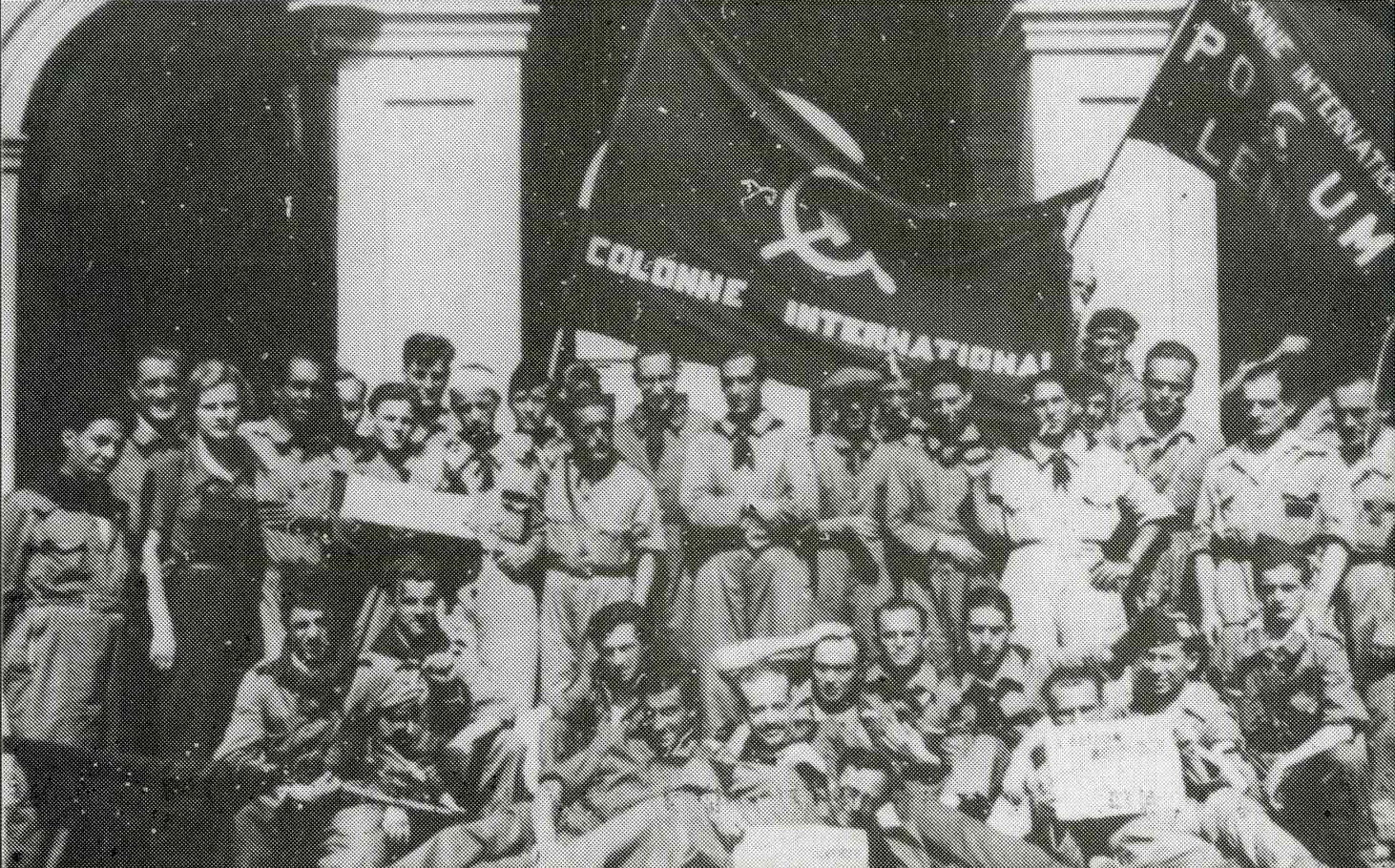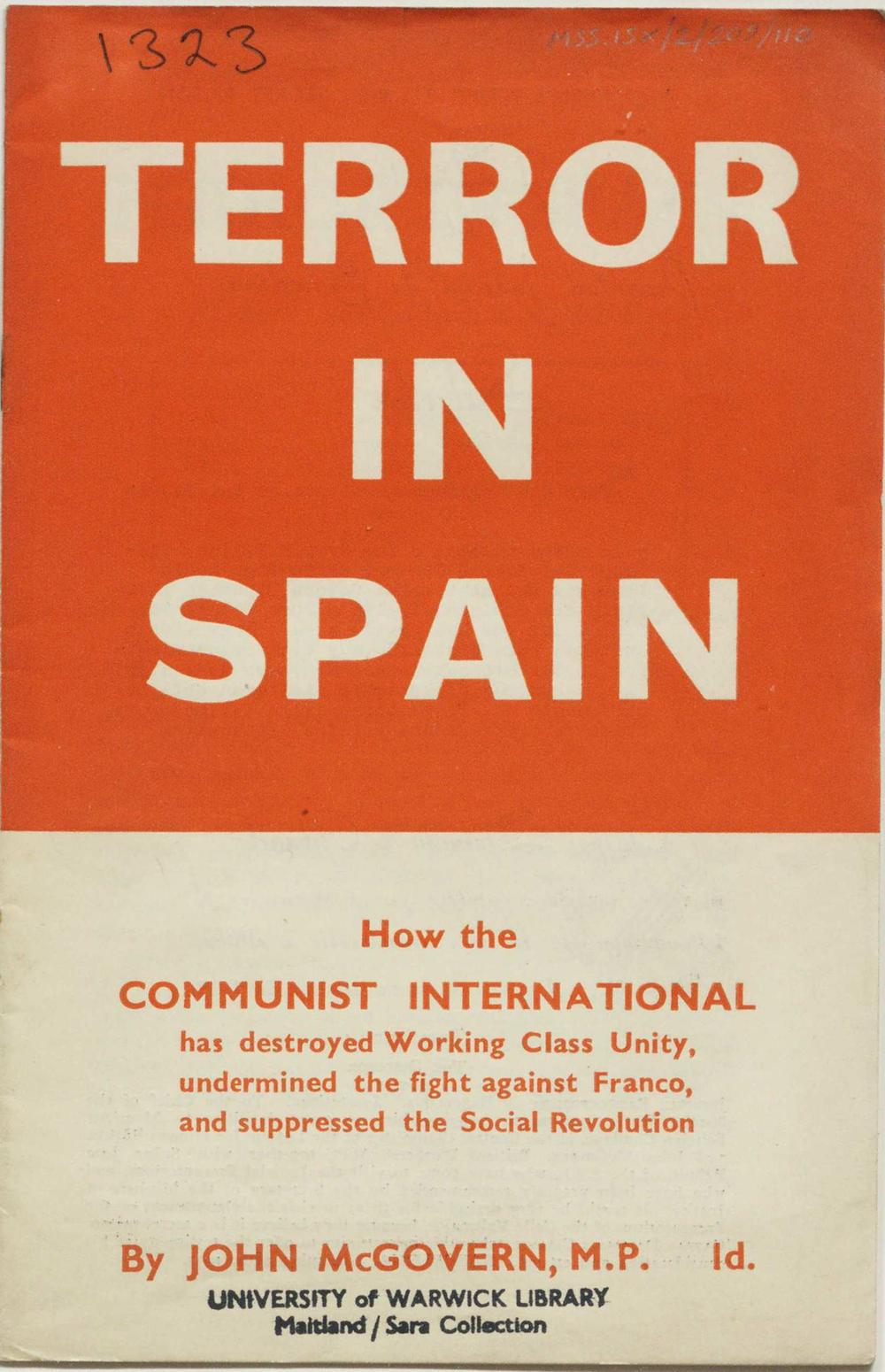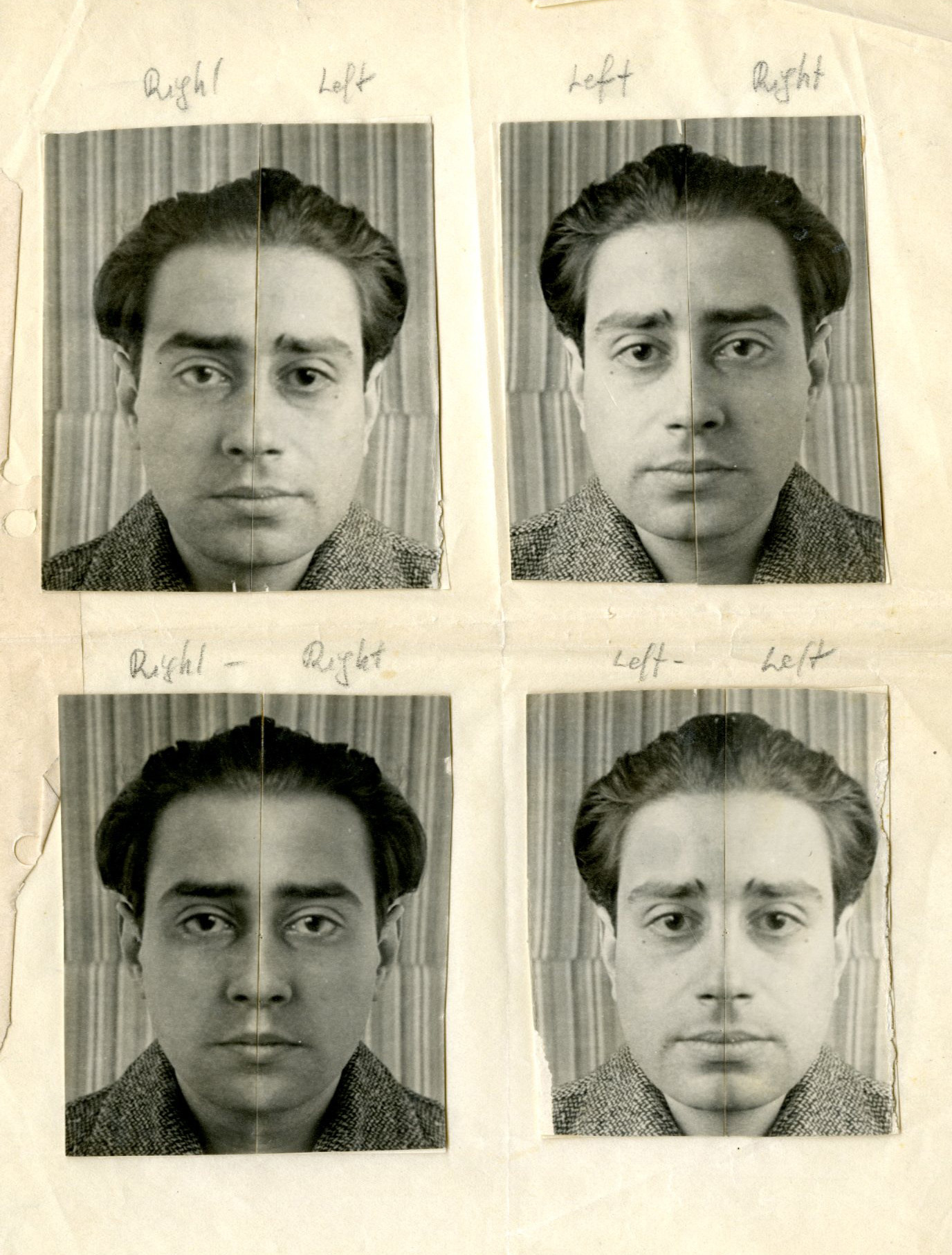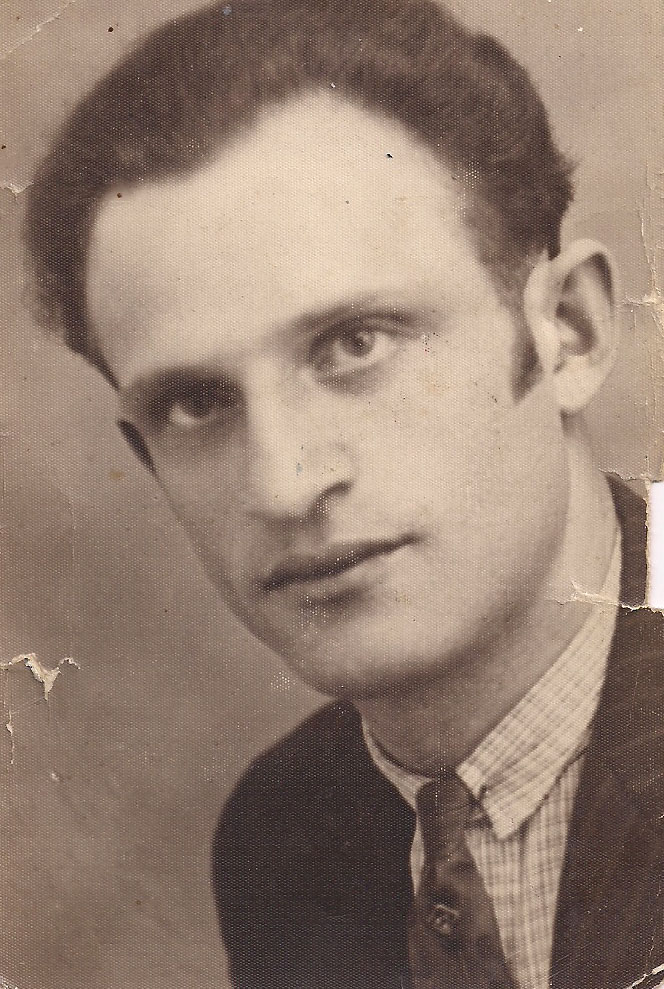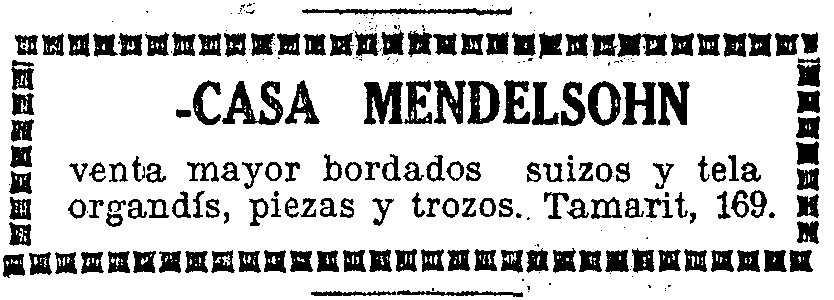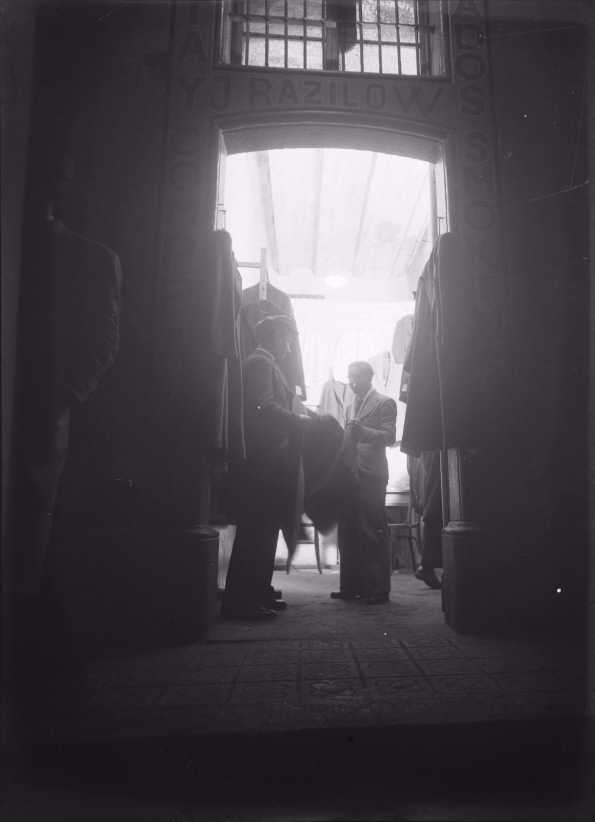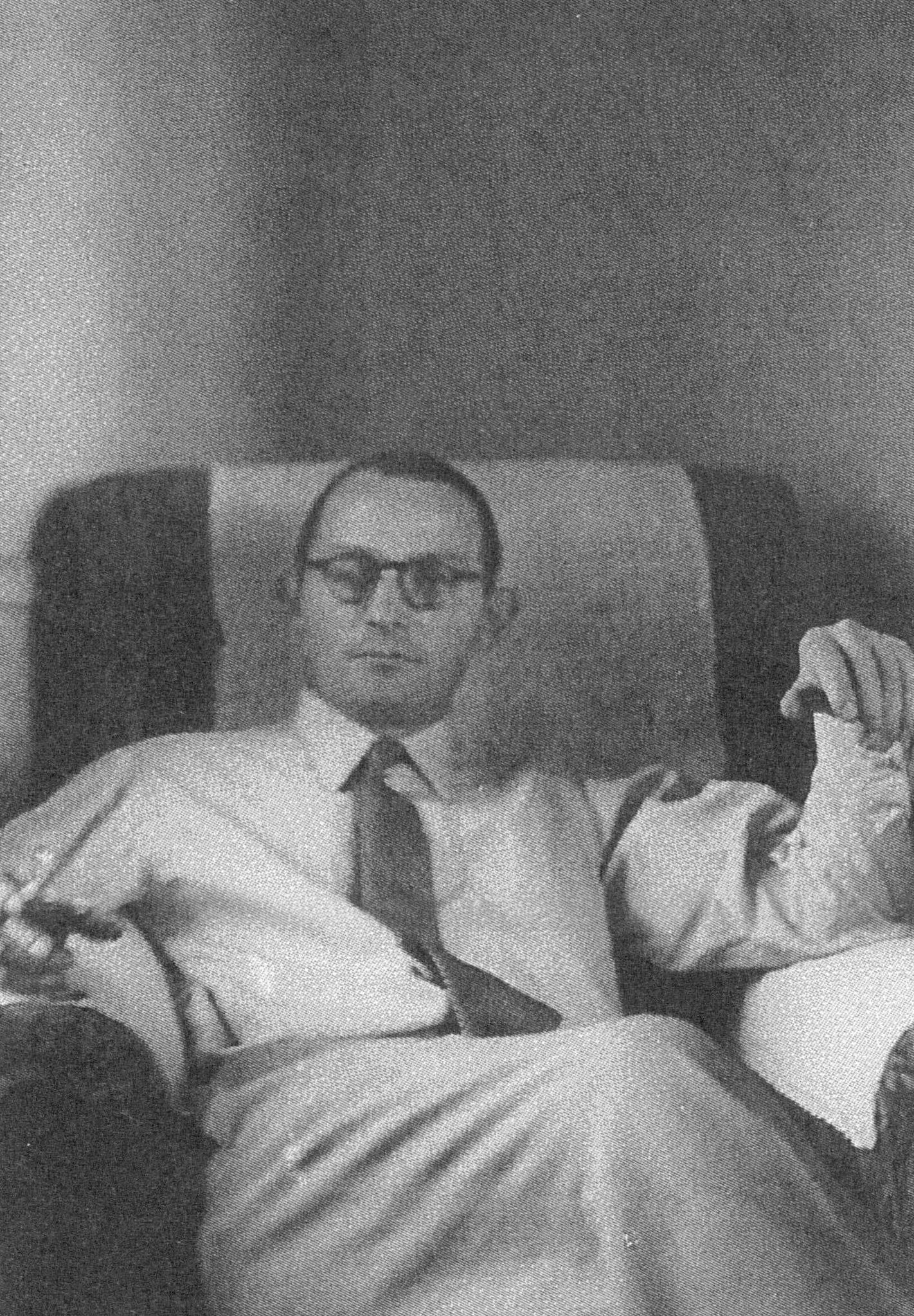
Introduction
From 1914 until the end of the Second World War in 1945, hundreds of Jews settled in Barcelona. Until then, the Jewish presence in the city had been nominal; in 1877, for example, there were some twenty Jews living in Barcelona, and only around 400 in the whole of Spain. This number increased over the years, due to the migrations of both Ashkenazim and Sephardim moving through Europe from east to west. In the early twentieth century, we find traces of Sephardic Jews from various parts of the Ottoman Empire (Greece, Turkey, Bulgaria, and so on) who settled in the vicinity of the Sant Antoni market in the centre of Barcelona. These Ottoman Jews lived alongside Ashkenazim who had been in the city since 1900.
Between 1914 and 1945, several migratory waves of Jews moved to Barcelona. The first, between 1914 and the end of the First World War, comprised Ottoman Jews who had lived in France and Italy. The second was the result of territorial changes in the Balkans after the war, which led to small-scale migrations from the old Ottoman Empire (Thessaloniki, Istanbul, Izmir, Plovdiv, Varna, and so on). Its effect was multiplied later by the Royal Decree of December 20, 1924, by which the government of Primo de Rivera promoted the naturalization of Sephardic Jews who were able to prove their “Spanish origins”. The third wave lasted throughout the 1920s, with the arrival of Polish Jews escaping extreme poverty, Bulgarian Jews in search of new opportunities, Greek Jews responding to the pull effect, attracted by Spain’s apparent prosperity, and Moroccan Jews fleeing the growing anti-Semitism in the country.
The fourth wave, perhaps the largest, occurred between the rise to power of Nazism in Germany in January 1933 and the beginning of the Spanish Civil War; and the fifth took place during World War II, as Jews rushed to leave Nazi-dominated Europe and sought refuge in Spain. Between the fourth and fifth migratory waves, during the Spanish Civil War, there was also an influx of Jewish anti-Fascists intent on joining the Republican cause.
These five migrations can be grouped chronologically in three broad periods:
1914-1929 / 1933-1936 / 1939-1945
1914-1929
The newcomers were families of Sephardic origin from the ancient Ottoman Empire, especially Greece and Turkey. Although some Jewish families already resided in Barcelona, Judaism was not practised publicly. This first contingent of new arrivals spurred the foundation of the Israelite Community of Barcelona (CIB).
Jacques Bensussan
Jacques Bensussan was born in Thessaloniki in 1877, a city in the process of industrialization and transformation. He was trained at the forward-thinking Alliance Israelite Universelle, which fostered French culture and language. Jacques Bensussan decided to move; he sold off his property and start from scratch in Paris. But the First World War forced him to pack the bags once again. This time the family headed south to the mythical land of their ancestors, arriving in Barcelona in 1916. After featuring as a founding partner of the Israeli Community of Barcelona (CIB), Jacques’s footsteps reappear in France, where he settled in the mid-1920s. With the outbreak of World War II, between July 16 and 17, 1942, he was detained and taken to the Vélodrome d’Hiver, from where he was taken to the concentration camp of Drancy. He died that same year in Auschwitz, at age 65.
(1/7)
JOSÉ AND EDMUNDO METZGER
The Metzger brothers were young Swiss Jews who arrived in Barcelona in the early years of the twentieth century. For the first few years they worked as salesmen, but they soon became influential manufacturers, patenting a myriad of inventions and setting up their own factory in the Sant Martí neighbourhood, called Tallers Weil S.A. In a short time they earned the respect of Spanish industry; they became suppliers of the army and the royal household and opened offices in Madrid and Bilbao. The Metzgers frequented the most select circles in Barcelona: dances at the Hotel Orient, drinks parties at the Majestic-Hotel Anglaterra, and dinners at the Maison Dorée, and they took part in tennis matches at the courts of the Royal Association of Barcelona and in equestrian competitions.
(1/8)
José Palomo Sagués
José Palomo Sagués, born in Bursa (in the former Ottoman Empire) settled in Barcelona in late 1923 when, like many of his countrymen, he left his hometown to avoid compulsory military service. In Barcelona he worked as a travelling salesman in the towns of inland Catalonia. During the summer of 1936, at the height of revolutionary fervour, the Palomo family business was collectivized by the Militia Committee. A year and a half after the end of the war, on the night of December 20, 1940, José Palomo was detained by two police officers and sent to the Modelo prison, and was later transferred to the concentration camp in Miranda de Ebro, Burgos. In the three years of his imprisonment, he was not tried in court or charged with any crime.
(1/9)
The Esquenazi family
In October 1914 the Esquenazi family (José, Elisa and their son Jaime) arrived in a rapidly expanding Barcelona from their hometown of Istanbul. José Esquenazi combined his profession as a tailor with work as a door-to-door salesperson, but found it hard to make ends meet; in January 1917, besieged by debt, he was saved by a loan from the American Joint Distribution Committee, a US charity for European Jews. Alarmed by the Russian Revolution of 1917 and its possible effects, the Spanish authorities turned on many foreign residents and accused them of being Bolsheviks. Faced with the danger of a completely arbitrary expulsion, in 1918 José took the unusual step of christening his son Vidal Jaime Esquenazi Alfandari, in accordance with the rites of the Catholic Church.
(1/6)
Agudad Ahim
In 1926, the Agudad Aḥim Fraternal Union was created in the Sant Antoni neighbourhood of Barcelona. The vast majority of its members were Sephardim from the Ottoman Empire, who had come to the city from France during the First World War. They were street vendors and small traders in the Sant Antoni Market, and lived in the triangle formed by the intersections of Raval, Poble Sec (the majority) and Sant Antoni.
The fall of Barcelona in January 1939 brought the Agudad Ahim union to an end. Its premises were closed, its archives were searched, and its members were investigated and prosecuted; in fact, most of them went into exile.
(Click on image)
The Israelite Community of Barcelona
On May 6, 1919, almost two months before the end of the First World War, the statutes of the Israelite Community of Barcelona (CIB) were passed. The 17 founding members rented the ground floor of a house at c/Provença 250 for use as a synagogue.
The community expanded with the arrival of Jews from the Mediterranean Levant, driven by the economic crisis and the proliferation of nationalist movements. By 1925 the city’s Jewish population was estimated at around one thousand people, a figure which doubled three years later. In 1933, with the rise to power of Nazism in Germany a large contingent of Ashkenazi Jews moved to Barcelona. The city had managed to resist the effects of the economic crisis of 1929 and offered a range of opportunities for the large colony of Jewish refugees. Even so, many of the newcomers lived in poverty.
The end of the Civil War in April 1939 created a new scenario in which the values of the Franco regime were enforced mercilessly. The synagogue and the community centre in c/Provença were looted and closed. The CIB’s president Edmundo Grunebaum was detained and interned because of his position as a leading freemason. The community’s documents were confiscated and sent to the Archive of Salamanca.
(Click on image)
1933-1936
After Hitler came to power in Germany in 1933, hundreds of Ashkenazi Jewish families settled in Barcelona, fleeing the persecution unleashed by the Third Reich. Many were liberal professionals or business people. Their lives were torn apart by the outbreak of the Spanish Civil War. At the end of the conflict, some suffered reprisals and others, out of fear, decided to convert to Catholicism.
Margaret Michaelis
Margaret Michaelis was born in Dzieditz (Poland) on April 6, 1902. At the age of sixteen she entered the renowned Graphik Institute in Vienna, where she studied photography. In 1928 she settled in Berlin, where three years later she opened her own studio, the Foto-gross Studio, which remained active until the Nazi Party came to power. In those turbulent times, Margaret met Rudolf Michaelis, an anarchist and archaeologist. A victim of the first political purges of the Nazis, Rudolf was dismissed from his post at the Berlin State Museum for his political activities and later imprisoned. The very day Rudolf was released from prison, the couple left Germany for Barcelona. In that city, they moved in with their anarchist friends Dora and Helmut Rüdiger, who had a flat in c/Rosselló.
(1/7)
David Oliver
David Oliver was born in 1880 in the Polish region of Galitzia. As a young man he emigrated to Germany in search of new opportunities. He moved to Berlin where he worked as a film producer and, later, in the real estate business, he built theatres and cinemas all over the country. Oliver arrived in Barcelona in the spring of 1933 and in September of that same year, together with the Jewish refugee Kurt-Louis Flatau and the Catalan Marià Rubió Tudurí, founded the film production company Iberian Films. This firm employed many Jewish refugees in Barcelona: the 1934 film, Doña Francisquita, was directed by Hans Behrendt and the cinematographer Heinrich Gärtner, (known in Spain as Enrique Guerner), the composer Max Winterfeld, and the decorator Herbert Lippschitz.
(1/12)
Charlotte Margolin
Charlotte Margolin was born in Berlin in 1896 into an assimilated Jewish family. She studied at the prestigious medical faculty of the University of Berlin, the Medizinische Universitätsklinik der Charité. In 1923 she published an important study on the nervous system. In the late 1920s she joined the KPD-O, a group which had broken away from the German Communist Party. In the spring of 1933 she lost her job at the faculty and was forced into exile. She moved to Barcelona, where she frequented the circle of Jewish left-wing refugees; she became friends with Ewald and Ella König, the émigrés Augusta Marx and Eva Sittig-Laufer and the married couple Max and Golda Friedemann.
(1/6)
Werner Wolff
Werner Wolff was born in Berlin in 1904 into a fully assimilated Jewish family. Son of a doctor, he studied medicine at the University of Berlin under the most important representatives of Gestalt psychology, Max Wertheimer, William Stern and Wolfgang Köhler.
In the summer of 1933, after a brief stay in Tenerife on leaving Nazi Germany, Wolff was invited to give a lecture in Barcelona by Emili Mira, director of the Catalan governments’ Psychiatric Technical Institute. Wolff took advantage of his stay in the city to carry out some experiments in characterology. Other Jewish refugees who arrived in Barcelona to work with Mira included Sandor Eiminder and Alfred Strauss.
(1/2)
Manuel Mendelsohn
The Pole Manuel Mendelsohn arrived in Barcelona in the late 1920s. His uncle ran a lace shop near Plaça Urquinaona. Later, his brother Mauricio and other relatives also settled in Barcelona. The two brothers set up their own textile business, the Casa Mendelsohn, at c/Tamarit 169, directly opposite Sant Antoni market. Many of the Jewish immigrants who came to Barcelona in these years found work in the clothing industry. In c/Sant Pau alone there were some twenty Jewish-run shops.
(1/8)
1939-1945
With the outbreak of the Second World War and the occupation of most European countries by the Nazis, the machinery of extermination was gradually set into action. Thousands of Jewish families sought to escape to countries that had not entered the conflict. Spain and Portugal were the destination of thousands of people who crossed the Pyrenees aided by clandestine networks. In Barcelona, around 10,000 people gathered before being allowed to emigrate to America, North Africa, Britain or the British protectorate of Palestine.
Luis Stern Selig
Luis Stern Selig (Mannheim, Germany, 1899 – Barcelona, 1980) carried out important humanitarian work during the war by providing aid for Jews who arrived in Catalonia. He cooperated with escape networks responsible for moving Jews from the south of France to the Iberian Peninsula. Those who came to Catalonia clandestinely were sheltered in his flat in Barcelona or at his house in Valldoreix, and he also organized care for the internees at Spanish prisons and concentration camps.
(Click on image)
The Sequerra brothers, protectors of Jews in Barcelona
As more and more Jews came to Catalonia, the Jewish welfare organization the American Joint Distribution Committee sent a representative to Barcelona in late 1941. This was Samuel Sequerra (Faro, 1913 – Rio de Janeiro, 1992), who was later joined by his brother Joel. The Sequerra brothers were based at the Hotel Bristol. They controlled the entry of Jews from France and Andorra, negotiated with the civil governors to avoid the imprisonment of the refugees, and provided medical and economic assistance to those gathered in Barcelona. The Francoist sectors closest to Nazi Germany did their best to stop them: the brothers’ car came under attack and a group of Falangists stormed their premises, forcing them to move their office to a house in Passeig de Gràcia.
(1/3)
Bernard Hilda and “the Grill” at the Ritz
The Ritz was the most luxurious hotel in Barcelona. It was the natural venue for high society events and was the place where the most distinguished visitors would stay. On the ground floor there was a space for dinners and concerts, named the “Parrilla del Ritz”, or the “Grill”. On December 3, 1942, the Bernard Hilda Orchestra made its debut there. Hilda (1914 – 2005), whose real name was Bernart Levitzky, was a French conductor of Jewish origin who had fled France in November 1942 along with his wife and some members of his orchestra. The group performed at the Ritz and other venues in the city, accompanied by local musicians. Among the Falangists, black marketeers, businessmen, spies and smugglers, Hilda’s music was a reference point of the life of the in those dark years.
Oh, La, La!
(1/3)
Victor Papo
The ancestors of Victor Papo (Milan, 1927) were Sephardic Jews who had settled in Turkey. They later moved to Italy, and then Paris, where they ran a hotel. There they were surprised by the outbreak of the Second World War. Thanks to a “letter of protection” from the Spanish consul, Victor, his parents, and his brother Alfredo escaped from France and managed to reach Barcelona in September 1941, where they settled. Alfredo becomes a renowned jazz promoter and critic, while Victor pursued a career as an engineer.
(Click on image)
Ossip Bernstein
Ossip Bernstein (1882 – 1962) was a doctor in law and businessman, who escaped death in an Odessa prison at the midst of the Russian Revolution by winning a life-or-death chess game against his jailer. At that time Bernstein was considered one of the ten best chess players in the world. The outbreak of the Second World War found Bernstein in Paris. He decided to flee France with his wife, and was arrested in the Catalan Pyrenees and imprisoned in Figueres. Because of his status as an international chess master, Bernstein was protected by the governor of Barcelona, Antonio F. Correa Veglison, himself a chess lover. Bernstein continued to give lectures in Barcelona and participated in chess tournaments until he decided to return to France years after the end of the war.
(1/3)
Henri Birnbaum
Henri Birnbaum (Berlin, 1921 – Barcelona, 2004) was living in Paris with his family when the city fell to the Nazis. He decided to try to join the Allied army in North Africa. He moved to the south of France where, in September 1942, he was detained and taken to the concentration camp in Agde, where he managed to escape and move to Spain. He was captured near Tavascan in the Pallars Sobirà, imprisoned in Sort and Lleida, and then sent to the concentration camp of Miranda de Ebro until his release in June 1943. From there he moved on to Casablanca where he enlisted in the Allied army. After demobilization returned to France, but some years later he decided to move to Barcelona where his sister Nina was living. He founded “Judo Barcelona”, the first judo club in Barcelona, and is considered the introducer of the sport in Spain.
(1/2)
Acknowledgements
Archivo General de la Administración (Ministerio de Asuntos Exteriores. Consulado General de Marsella) / Arxiu Comarcal de l’Alt Empordà, Arxiu de la Comunitat Israelita de Barcelona (CIB) / Arxiu del Consolat General de Suïssa en Barcelona / Arxiu Fotogràfic de Barcelona / Arxiu Nacional de Catalunya / Biblioteca Nacional de España / Das Bundesarchiv Center for the History of Psychology at the University of Akron / Centro Documental de la Memoria Historica / Gallica – BnF / Hemeroteca de La Vanguardia / Israel State Archives / JDC / Life Magazine, National Gallery of Australia / Yad Vashem
PERSONAL ARCHIVES
Mendelsohn Family / Palomo Family / Haim Avni / Victor Papo / Henri Birnbaum
Research and texts
Josep Calvet and Manu Valentin
Graphic and web design
Carles Mestre
Production

collaboration

Support


